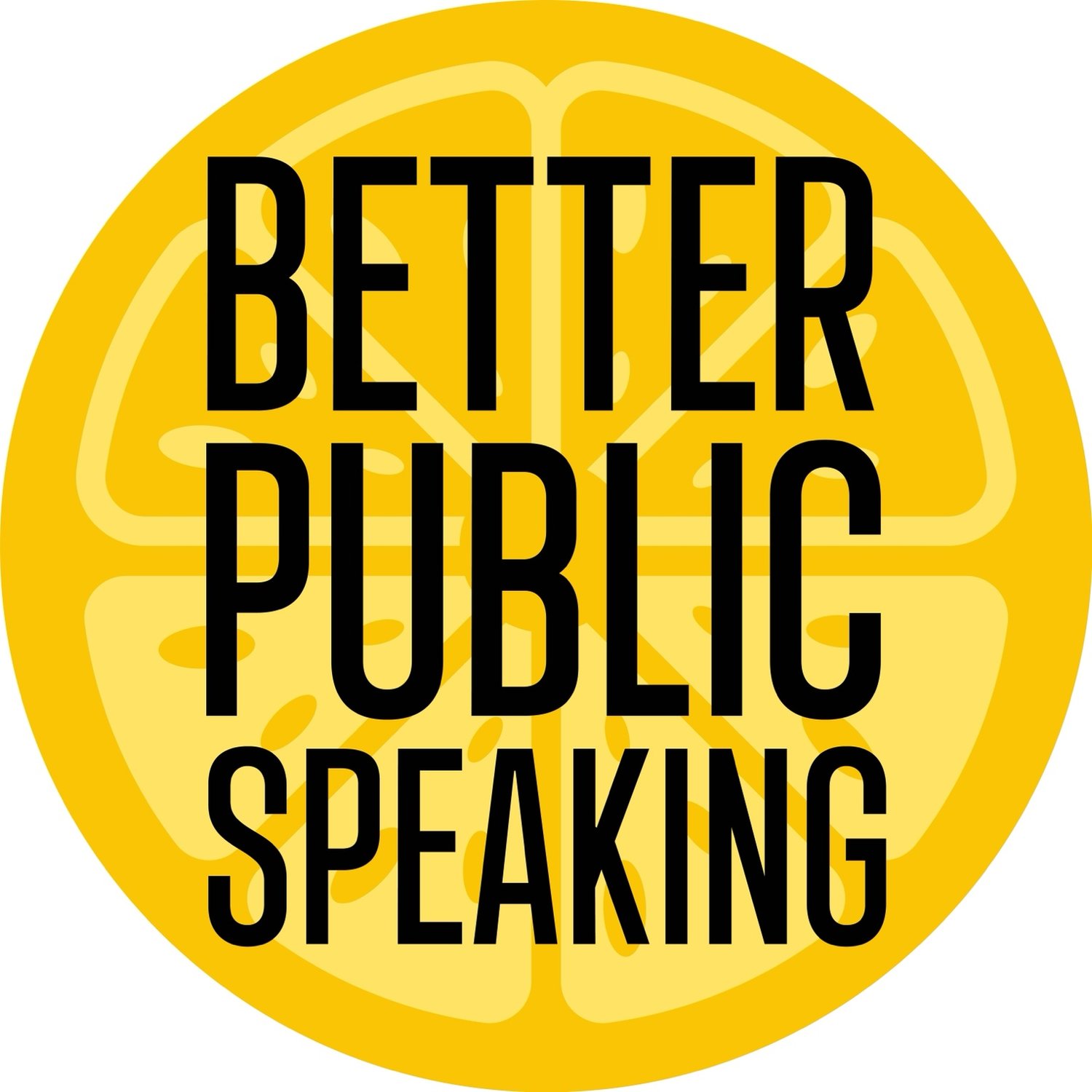How to master the first 60 seconds of your presentation.
Your presentation has started. All eyes are on you.
And within seconds your audience might have made up their mind.
Research shows that people form impressions in as little as seven seconds. In public speaking, that means your opening isn’t just important, it can make or break the whole presentation. A strong start grabs attention, sets the tone, and earns the trust of your audience before you’ve even got to your main message.
So how do you make your opening count?
Here are six powerful ways to kick off your speech or presentation:
1. A remarkable fact
Open with a jaw-dropper. Something that instantly makes people sit up and go, ‘Wait, really?’ Think statistics that shock, figures that fascinate, or data that demands attention. For example:
‘Every minute, we send over 16 million text messages, yet we still struggle to communicate clearly at work.’
That’s intrigue, relevance, and impact. All in one line.
2. A fact that seems unlikely to be true
The brain loves a puzzle. So use a fact that challenges what your audience believes. Something that sounds almost unbelievable … until you explain it. Like:
‘The average person spends six months of their life waiting at traffic lights.’
It’s unexpected. It sticks. And it makes people curious to hear more.
3. A rhetorical question
A question can pull the audience into your topic before you’ve even given them the answer. A well-placed rhetorical question sets the scene, provokes thought, and builds anticipation.
‘What if the biggest thing holding your team back… is how you run your team meetings?’
4. Throw people into the middle of a story
Skip the setup. Drop your audience straight into the action. Humans are wired for storytelling, so when you start with a moment of drama, tension, or curiosity, they’ll want to know what happens next.
‘It was 3am. I was standing in a hotel corridor in just my socks and a bathrobe… and I had five minutes before the biggest presentation of my life.’
5. Humour
A clever observation, a witty line, or a well-timed joke can warm up a room instantly. Humour builds connection and diffuses tension. Just make sure it’s appropriate, it’s universal enough for the audience, and feels natural to you.
‘There are two types of people in the world—those who love public speaking… and the rest of us who have a pulse.’
6. A current hot topic
Tap into what’s top of mind for your audience. Referencing a trending topic, news story, or viral moment gives your talk instant relevance. And positions you as someone who’s plugged into the world beyond your PowerPoint.
‘In a world where AI can write your emails and your dog has more followers than you… how do you make yourself heard?’
Final thought
Your audience decides whether to lean in or check out… Fast. So don’t waste those opening seconds with a polite ‘Hello, I’m here today to talk about…’ or an apology for your nerves.
Hit them with something bold, relevant, and unforgettable.
Because a strong start doesn’t just grab attention.
It earns you the right to keep it.
Hate public speaking? Let’s fix that.
If you want to start your journey to banish your fear of public speaking and presenting, improve your confidence, and boost your career prospects, then check out the online masterclass here at Better Public Speaking.

